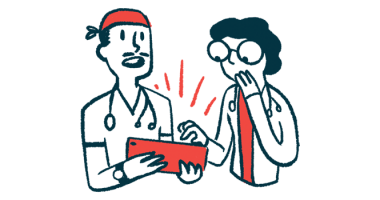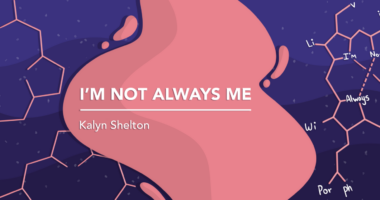Is Holding On to Artifacts of My Pre-illness Life Affecting My Disease Acceptance?

I save nothing. Clothes I no longer wear get piled into a donation bag, regardless of the quality or style. Once full, notebooks full of writing drafts get shredded and recycled. Throw pillows no longer matching the living room aesthetic are given away or carted off to Goodwill.
I don’t associate items with memories. Don’t expect to come into my house and find rows of dusty, sentimental ephemera lining my bookshelves. If I’m gifted a novel for my birthday, I’ll read it, rate it, and then pass it on. Running out of room in a drawer makes me queasy, and collecting anything besides houseplants is literally my worst nightmare.
Plenty of my dearest, most stylish friends embrace a boho aesthetic; they live in Pinterest-ready homes stacked with flea market finds and books on top of books. I think it looks great, I just personally couldn’t.
I’m a minimalist. I ensure my possessions are functional, not duplicative, and I love nothing more than a good purge. That’s why uncovering my old running watch in a drawer last weekend provoked some confusing feelings. I realized four years after a diagnosis of acute hepatic porphyria (AHP) that I was continuing to hold on to artifacts of my former life.
Before AHP, I trained for marathons and coached runners. I worked full time, held community leadership positions, and loved unwinding with a beer or glass of wine. At the onset of my chronic illness, everything changed. My body no longer seemed strong enough, my stamina was lower, and I experienced pain so bad it began to affect every decision I made. AHP was taking control.
Not knowing how precariously things were balanced, I tried to fake it. Desperately grabbing hold of any beloved piece of my lifestyle, I watched it all fall one by one through my clenched fingers. After I stopped running, coaching, working full time and serving in community leadership positions, all that remained was the stuff, proof it had all happened. I opened up my hands and cradled these relics, placing them on an altar as I made sacrifices to the chronic illness gods of healing and recovery.
After going through the drawer, I scoured the rest of the house for similar clues. A pair of expensive like-new running shoes sat under my stairs, partially tied and completely covered in a thin layer of dust. I haven’t worn them in at least three years, and yet there they sit, ready. Hanging in my closet were seasons-old slacks and pencil skirts, still neatly pressed for days in the office. In the dining room’s built-in glass cases, rows of fancy drink ware were neatly lined up from evenings of wine-soaked dinner parties.
Why would a minimalist like me hold on to these items? Perhaps I remain in some degree of denial about the long-term nature of my illness. Regardless, it seems I do in fact attach memories to ephemera.
Maybe my reasons for holding on to this excess is no different than why anyone keeps items we no longer use: They represent an aspirational version of ourselves.
Many of us keep that several sizes smaller pair of jeans we fit into years ago, now tightly folded in the back of our dresser, or the acoustic guitar we briefly took lessons to learn, currently lying in a locked case. They are evidence that circumstances were, and hopefully still can be, different.
I try not to give much thought to what I’ve lost. My energy is precious, and instead I try to spend it on embracing what I have in my present. This new life may be a result of grieving, but it’s still something I build and nurture. It looks like a decorated journal, stainless steel straws for smoothies, cozy loungewear, and a trusty companion.
I save nothing, but I keep a collection of pre-porphyria mementos because they are all that remain of a very different life, with very different dreams. Recently, I’ve wondered what it would be like to accept that I have no future use for these items. But I’m not ready just yet.
***
Note: Porphyria News is strictly a news and information website about the disease. It does not provide medical advice, diagnosis, or treatment. This content is not intended to be a substitute for professional medical advice, diagnosis, or treatment. Always seek the advice of your physician or other qualified health provider with any questions you may have regarding a medical condition. Never disregard professional medical advice or delay in seeking it because of something you have read on this website. The opinions expressed in this column are not those of Porphyria News or its parent company, Bionews, and are intended to spark discussion about issues pertaining to porphyria.








Comments